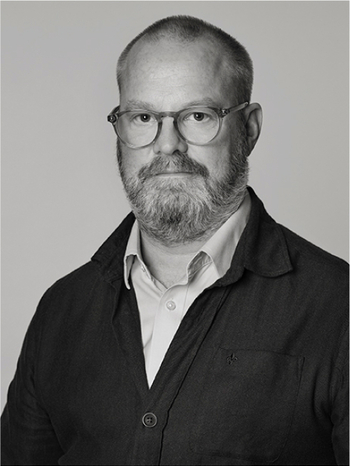Johan Sevenbom
The watermill by the rapids
Signed Sevenbom and dated 1760. Canvas 62 x 78 cm. Gilded original frame.
Muut tiedot
Johan Sevenbom has forever inscribed himself in Swedish art history with his detailed views depicting 18th-century Stockholm, and he is the first significant representative of 18th-century Swedish landscape painting. He described himself as "a poor boy from Nercket (Närke)" and came to Stockholm in 1744, where he initially worked in the studio of the painter Guillaume Taraval and later became a student at the Royal Academy of Fine Arts. While studying, he supported himself as a waiter and servant. In 1749, he worked on marbling in the grand staircase of the palace under the supervision of Johan Pasch. At Hårlemns' initiative, he was taken in by Taraval, who for a time funded his living and education, but after Taraval passed away in 1750, Sevenbom was left without an income.
After working for a short time as a craftsman on the palace construction, he had the opportunity in the autumn of 1750 to accompany Taraval's son to Paris as his servant. His ability to go to Paris was made possible only because some friends had collected travel money for him. Sevenbom remained in France for nearly ten years, where he struggled financially while trying to establish himself as an artist. To make ends meet, he did copying work for an art dealer in Paris, and he became particularly interested in Joseph Vernet's landscape, marine, and harbour paintings, which he copied several times, laying the foundation for his own painting.
After ten years in Paris, he could no longer manage financially, and in 1760 he returned to Sweden. Once back in Sweden, he applied for a position at the court, which yielded no results, but after he painted a view over Drottningholm, he was commissioned to execute a series of paintings of the Swedish pleasure palaces originally intended for the so-called Little Gallery at the Royal Palace in Stockholm (now at the Nyköping residence).
Since his landscape paintings featuring Swedish palaces became highly appreciated, he received the commission in the 1760s to paint a view of Stockholm each year. This resulted in fifteen paintings. In 1773, Sevenbom became a professor at the Royal Academy of Fine Arts. Literature also mentions that Sevenbom worked on a series of paintings of Swedish royal manors. The sources are somewhat unclear and contradictory regarding the time and subjects. Possibly, the painting at auction was created in connection with that work, but it may also be a completely independent composition. Sevenbom is represented at the Nationalmuseum and several Swedish museums.












































